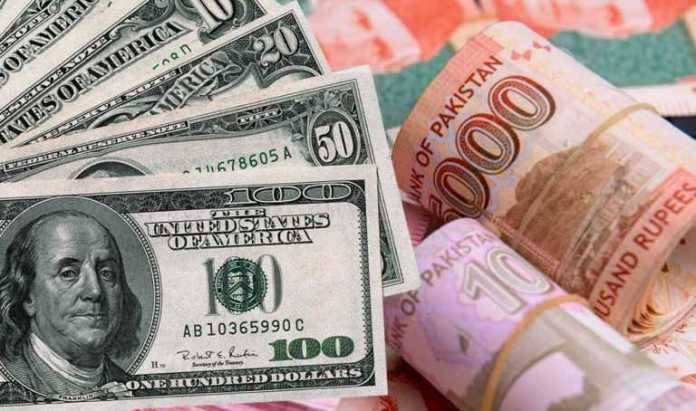The petrodollar is coming to an end.
This is the headline that is being pushed. Of course, we can find a similar headline in every decades since the early 1970s.
Unfortunately, this misses the point of the last 50 years. The USD strength has nothing to do with oil. Many claim the only reason the dollar is used is because of a 50 years pact that was signed necessitating the use of dollars for oil purchases.
To start, have you ever seen this document? Where is it?
The reality is there was never a signed document. Instead, there was a pact that the US and the Kingdom of Saudi Arabia that centered on the purchase if US Treasuries. In exchange, the US agreed to support the Kingdom and help to advance the country. This was done by sharing of US technologies and basically turning Saudi Arabia from a third world nation to one of the highest GDP-per-capita in the world.
From here, we saw the evolution of the most powerful currency the world have ever seen.
Network effects of the USD
This story starts with the purchase of US Treasuries.
There never was an exclusivity agreement. Saudi Arabia was always free to sell oil in other currencies. The problem is that, by accepting payment, they would have to convert to USD anyway. It was less risky (and easier) to take payment in USD.
Here is where we see a massive expansion of what is called the Eurodollar system. Since the Saudis were one of the major oil exporters, the rest of the world required dollar. This is where the network effect started.
As the system spread, we saw an international deliverance of credit, all USD denominated.
What happens is financial institutions have USD loans. This means that, even if they wanted to stop lending in that currency, they still owe their obligations. That means we end up with a system where they are force to get dollars to pay back their loans.
Another factor in this is that, as lending in USD decline, the amount of dollars effectively declines. This results in a shortage, sending the price up.
Here is where we see catastrophic effects upon developing economies. Even developed nations can face this. For example, the USD has appreciated both against the Yen and the price of Japanese goods and services over the past decade. That means since 2012, a Japanese citizen holding dollars would have seen the purchasing power increase.
In common context, we are looking at a massive network effect.
Global Balance sheets
Imagine being an Apple user for the last 15 years. Over that time, you use nothing but an iPhone.
Then consider switching to another mobile operating system. On tOP of that, picture that OS having no applications.
That is the system outside the dollar.
We are looking at no other game in town. Many are pointing to the BRICS bringing out a currency. While this was something long promised, and disputed by the Indians who want the rupee to an international currency, what else is there?
We presently have balance sheets all over the world that are denominated in USD. This means they are able to use a variety of products to hedge.
With hundreds of trillions in debt denominated in USD, financial institutions are required to get their hands on dollars. companies all over the world were incentivized to do so.
Why was this?
Here is where we turn to the ultimate bank hedge: Wall Street.
When banks write loans, they hedge by selling those to other institutions. For mortgages, this is what feeds the MBS market. It is done with most type of debt and Wall Street is the major buyer.
And guess what currency they want to operate within?
You guessed it.
Hence, we are looking at a system where the USD is the language of international business.
Cryptocurrency
Some feel that cryptocurrency is going to change this. Actually, it is evident this could feed into it in an even larger manner.
The idea of Bitcoin as a medium of exchange is dying. It is become obvious when we consider the fact that bitcoin is already pooling in the hands of major entities.
So what is taking over the crypto world for payments? Here is where stablecoins are emerging as tokenized alternatives.
What is the leading currencies? USDC and Tether.
And what are they denominated in? US Dollar.
We have hundreds of billions per month in payments on Ethereum alone. This is only reinforcing the network effect of the dollar.
Even moving forward with an new form of money, we see the "language" being the same.
Posted Using InLeo Alpha
